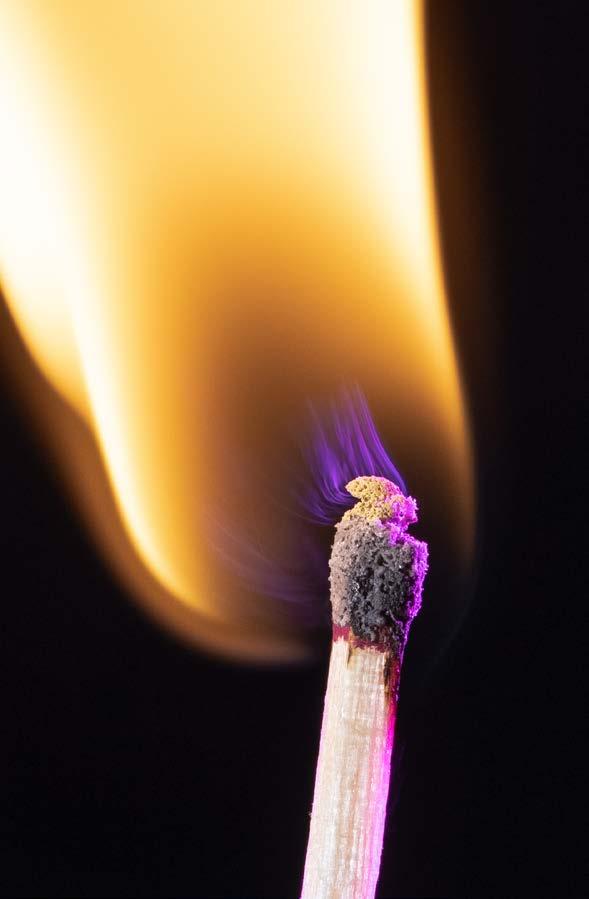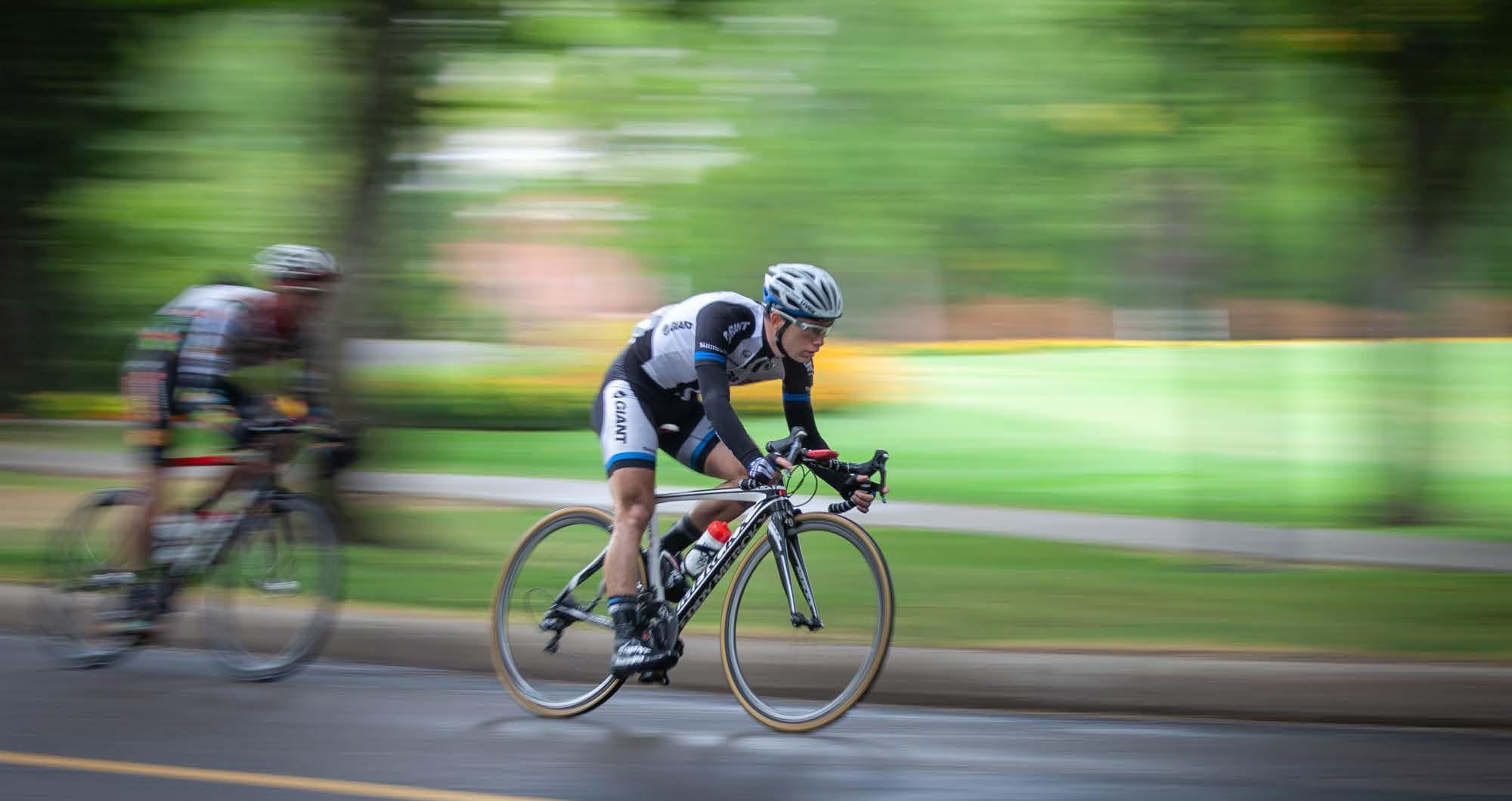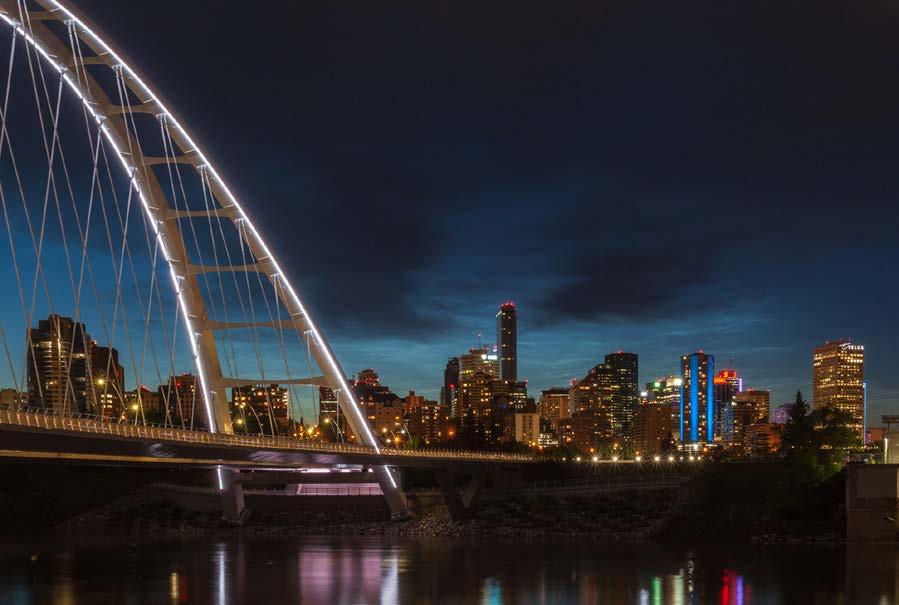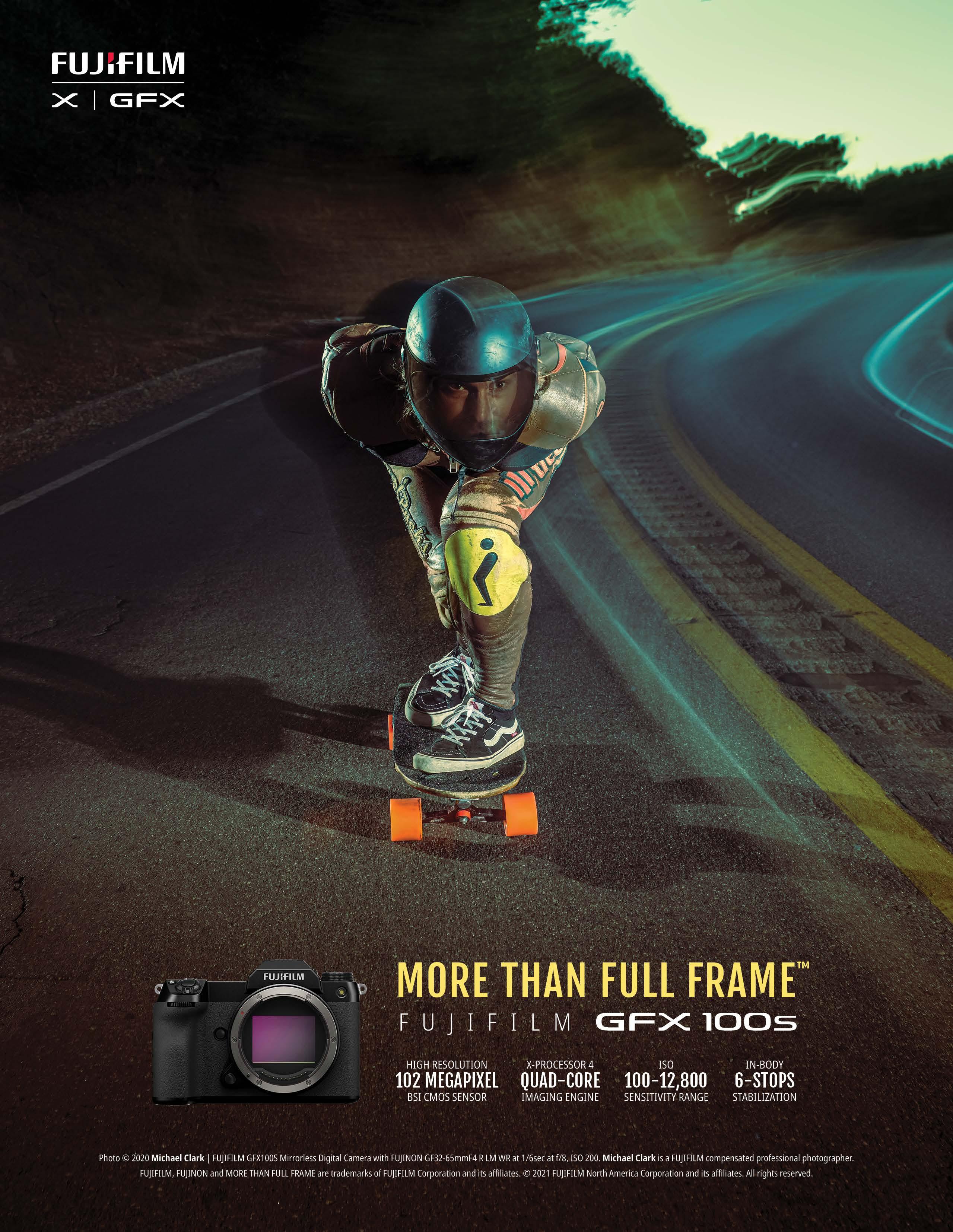
6 minute read
Navigating Through the World
By Arista Haas
Advertisement
NAVIGATING THE WORLD AS A DEAF PHOTOGRAPHER HAS BOTH CHALLENGES AND REWARDS. TODAY’S CHALLENGES ARE IMPROVING MY CRAFT SKILLS, ACCESSING EDUCATIONAL EVENTS, AND COMMUNICATING WITH HEARING PEOPLE. ON THE OTHER HAND, THE AMAZING REWARDS ARE GAINED KNOWLEDGE, PLANNED TRANSITION INTO PROFESSION, NETWORKING, AND FELLOWSHIP WITH PPOC MEMBERS.
Deaf since birth, I rely on my eyes for visual communication. As a bilingual Deaf person with American Sign Language (ASL) and spoken English, I have attended both deaf and mainstreamed schools as well as completing a Bachelor of Commerce at the University of Alberta. I was born with profound hearing loss and now I am totally Deaf. Scary? Not at all! I am proud to be Deaf. My parents raised me to be confident but humble and be proud of who I am. Before my first day at Westlock Elementary School, my Mom requested my teachers not to allow any tokenism, and that I was to learn like every student. I am grateful for my parents’ stance because the attribute of selfsufficiency was developed at a young age, and I was able to navigate through both Deaf and hearing worlds as an adult. I have navigated the world of photography since my parents wrangled their camera off my tiny hands. I was about six years old when I discovered the wonders of photography by photographing with my parents’ camera randomly. Quite expensive that was. I had my first camera at age 9 – the famous Kodak Disc then a small point-and-shoot camera when I was a teen. The first formal


photography course was during one semester of an Industrial Arts curriculum at the Junior High of RF Staples Secondary School. Processing film and developing photos were the exciting part. The challenge being in the darkroom was not knowing what others were saying or doing. As a solution, I discussed with my teacher aide (more like an ad-hoc oral interpreter) to understand what the teacher said before returning into the darkroom. Quite the learning experience! During the university years, I had ASL interpreters for my courses, which was so much easier than lip-reading alone especially in a big lecture room! Lip-reading captures about 30% to 40% of a conversation1 but if I am familiar with a person, the capture is approximately 60%. Did I ever misunderstand a word or a phrase in lip-reading? Yes, tons of times! If all else fails, I use pen and paper method – either by paper or digitally. In my adulthood, I enhanced my knowledge by reading photography magazines, researching the internet, and practicing in different genres. The reason I did not attend workshops or courses immediately after university was because of accessibility. Government agencies at all levels do not cover the costs of interpreting services or captioning services for any d/Deaf or Hard of Hearing people for their hobbies or interests. If those services were to achieve equity in gaining skills for a profession or as a career development, funds “would” be available. Fortunately, interpreting services are available at the federal public service so the accessibility is the least stress of all of my public service career. In 2010, I desired to learn more in photography which meant an in-person classroom without sign language interpreting. I still went ahead because I wanted to learn more about photography. That is when I met Chris Stambaugh and from him, I learned of PPOC. The positive part of this experience was Chris’ effort to ensure that he faced the classroom so that I could pick up what he was saying and had visual presentations on photography works for critique and discussion. I took three more courses afterwards with different instructors, who were more or less accommodating. Because of my mental health and fatigue at the time, I did not attend any more classes and made a decision to defer my plan of joining the PPOC in spite of Chris’ encouraging words. At the time, I felt I was not ready. In the 20th year at Transport Canada, I decided to start planning for my retirement from the public service at least after 25+ years. I reconnected with Chris in August 2019 for business consultation in photography because I was figuring out my transition into the profession. The key points at the consultation was the discussion about the PPOC and the learning ropes of managing a photography business. Chris advised that I have the luxury of time to learn the craft and carry forward as a member of PPOC. Three weeks later, I joined the PPOC and have not looked back since. Did I have challenges in my journey as a new member of PPOC? Yes, I have in different instances. However, I will not elaborate because at least I want to keep educating willing peers at PPOC and find ways to enhance accessibility at PPOC. At the time of membership purchase, I was dealing


with cataracts. Being temporarily Deaf-Blind was a challenge, I struggled with seeing sign language clearly and with lip-reading. The surgeries for my eyes were completed by mid-November and I spent the rest of the year in recovery. As 2020 rolled around, I participated in more of the PPOC activities and met several wonderful fellow members online and in-person. They were much more open-minded and accommodating than I expected. In my view, 2020 was the pivotal year because I believe that the PPOC underwent a metamorphosis as a new-look organization. Virtual meetings and virtual educational sessions became the “new norm”. The most impactful and positive changes are the addition of live captioning at virtual PPOC events and meetings; and the creation of a Diversity and Inclusion committee on both regional and national levels. Being a member of the newly transformed PPOC has given me hope for the future. 1. There are approximately 357,000 profoundly deaf and deafened Canadians and 3.21 million hard of hearing Canadians. [Canadian
Association of the Deaf (www.cad.ca] 2. Generally, 9 out of 10 deaf children are born to hearing parents and 1 out of 10 children born to deaf parents are also deaf. [Mitchell RE,
Karchmer MA. Chasing the mythical ten percent:
Parental hearing status of deaf and hard of hearing students in the United States. (PDF) Sign
Language Studies. 2004;4(2):138-163.] 3. Canada has at least four sign languages:
American Sign Language (ASL), Langue des signes québécois (LSQ), Indigenous Sign
Languages (ISL), and Maritimes Sign Language (MSL). ASL, LSQ & ISL are recognized by the
Government of Canada and are enshrined in
Accessible Canada Act (Bill C-81). ISL is also recognized in Indigenous Languages Act (Bill
C-91). [Government of Canada] 4. Closed captioning became available for the
Deaf and Hard of Hearing Canadians in 1981.
The CBC’s Littlest Hobo was the first Canadian series to be captioned. [History of Canadian
Broadcasting: https://www.broadcasting-history. ca/in-depth/closed-captioning-canadian-television] 5. The first known teletypewriter (TTY) demonstration took place in New Westminster,
BC in December 1968. A Deaf Canadian was studying in the USA at the time and brought the
TTY device home to show his family and friends because he did not know other users in Canada. [Carbin, C. F. (1996). Deaf Heritage in Canada:
A distinctive, diverse, and enduring culture,
Whitby, Ontario: McGraw-Hill Ryerson Ltd.] 6. Video Relay Service (VRS) became available in
Canada in 2016 for the Deaf, Hard of Hearing, and speech-impaired Canadians who use sign language. [https://srvcanadavrs.ca/en/news/srvcanada-vrs-has-launched/]

Arista Haas
Arista Haas is a photographer who shares her life experiences through her art. She is an advocate for the Deaf community within the photography industry, and she encourages others to ask questions that inspire conversation. Arista is working to bring visibility and accessibility by helping create changes for those who need them. @aristahaasphotography www.aristahaasphotography.ca








